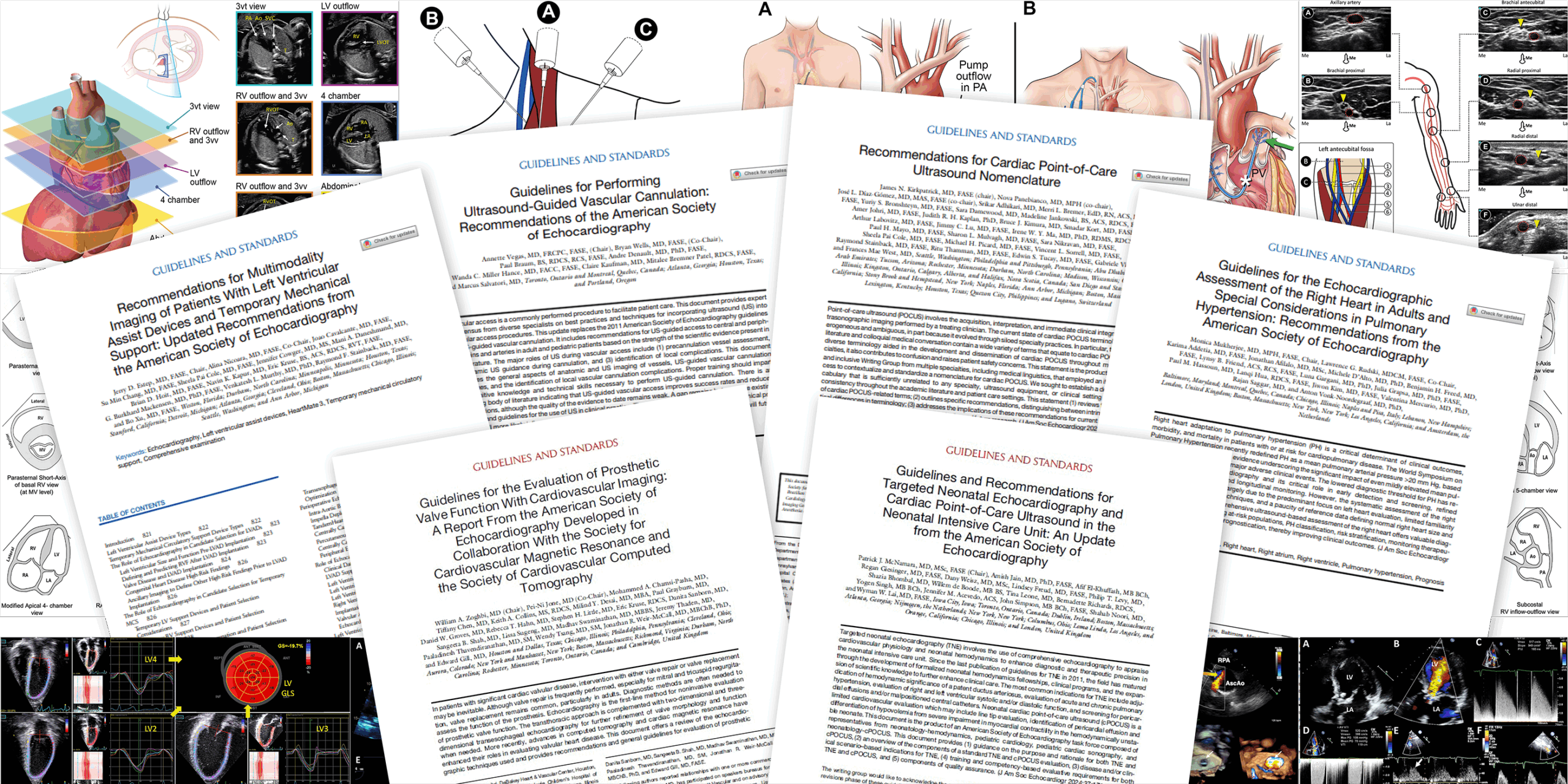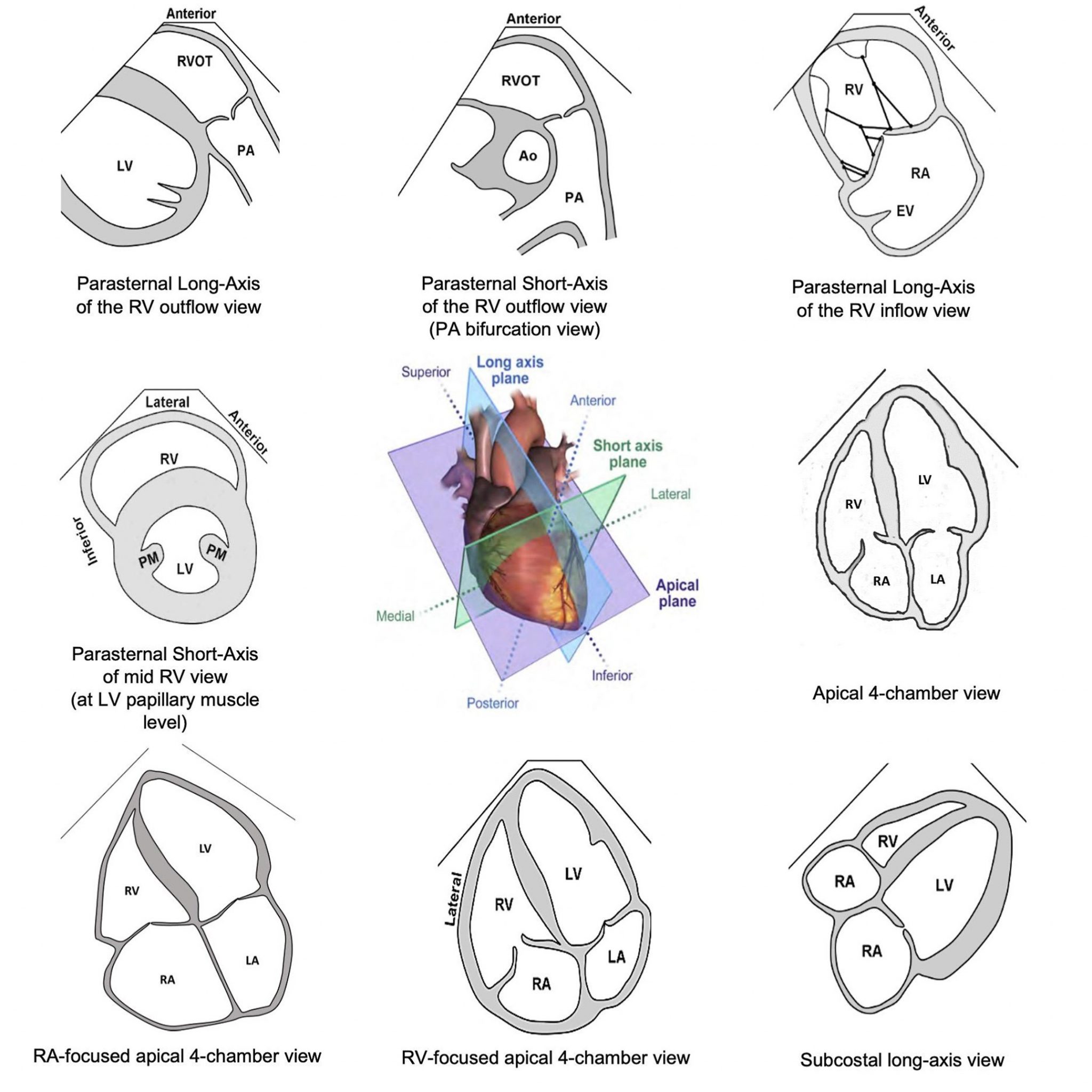
March 3, 2025 • JASE
Right Heart in Adults & Pulmonary Hypertension
Guidelines for the Echocardiographic Assessment of the Right Heart in Adults and Special Considerations in Pulmonary Hypertension: Recommendations from the American Society of Echocardiography
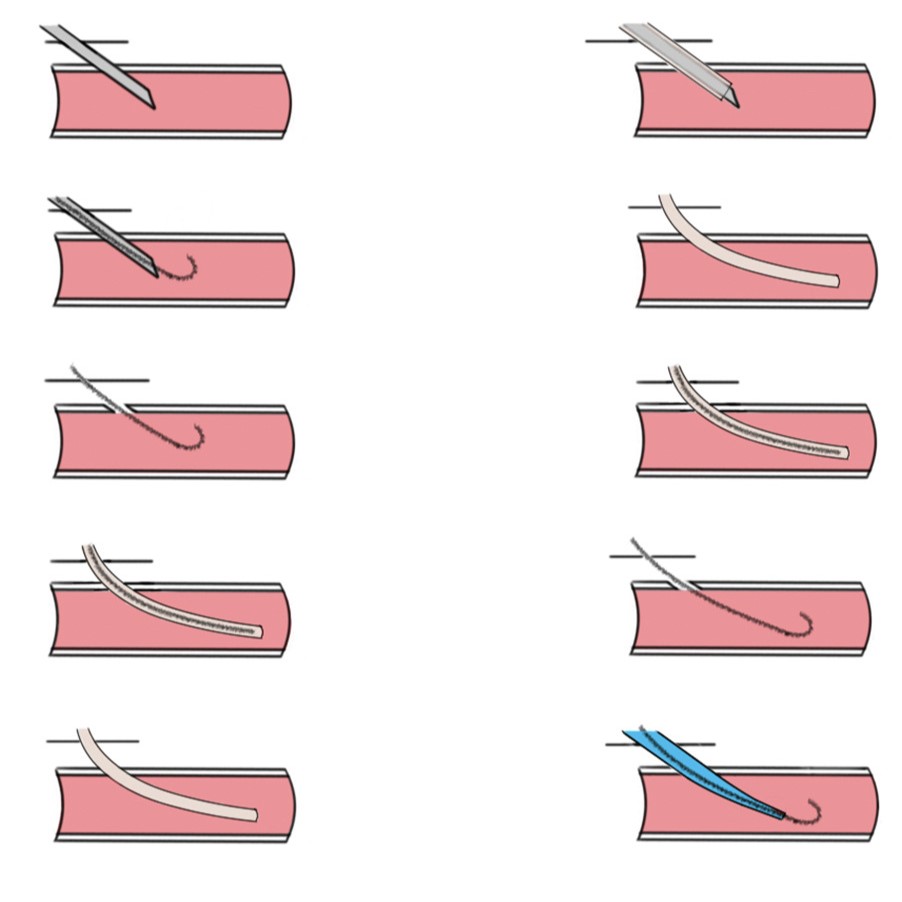
February 4, 2025 • JASE
Ultrasound-Guided Vascular Cannulation
Guidelines for Performing Ultrasound-Guided Vascular Cannulation: Recommendations of ASE
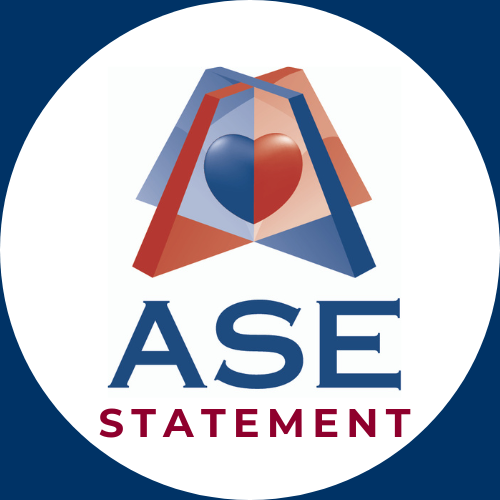
September 3, 2024 • JASE
POCUS Nomenclature
Recommendations for Cardiac Point-of-Care Ultrasound Nomenclature
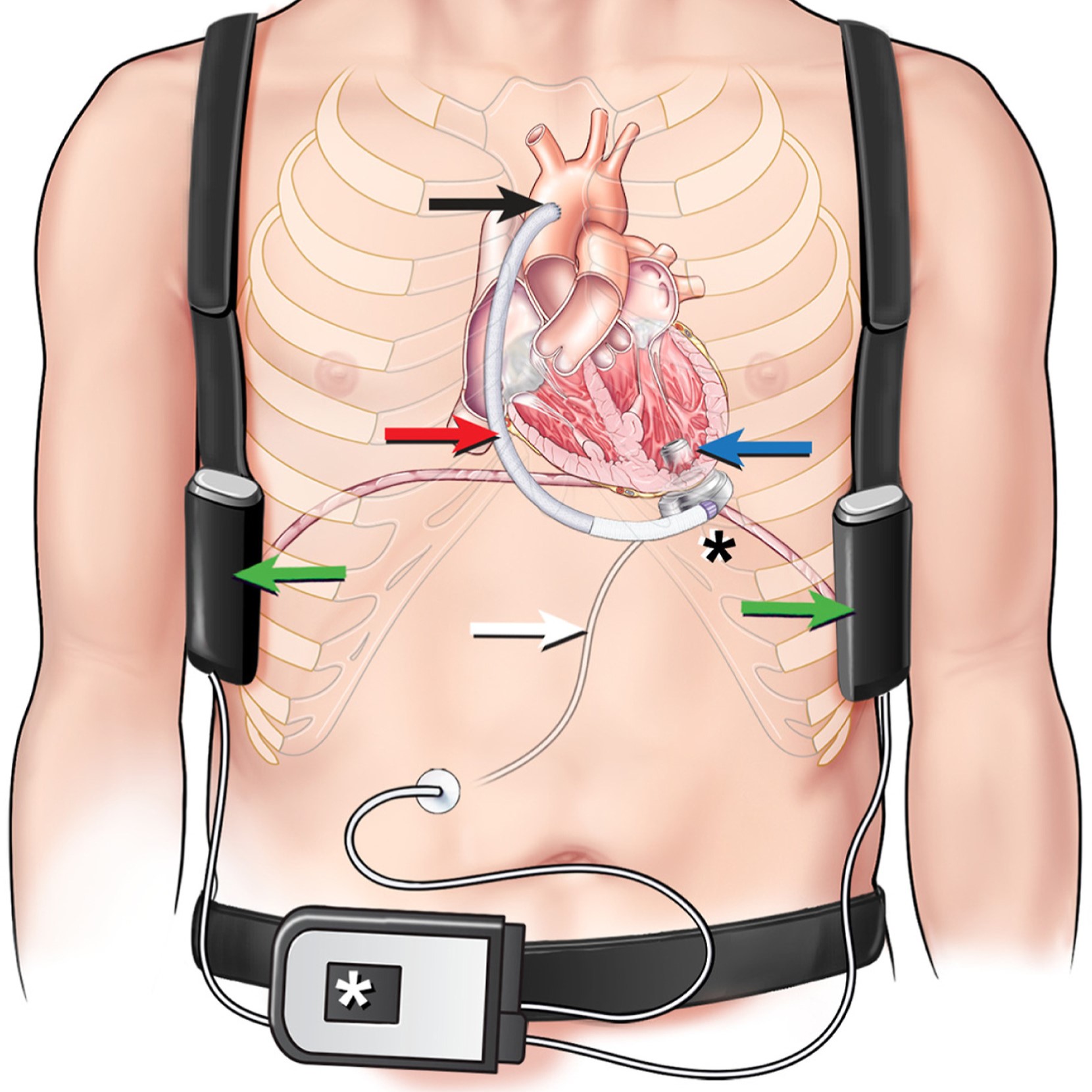
September 3, 2024 • JASE
Multimodality Imaging of LVADs and TMCS
Recommendations for Multimodality Imaging of Patients With Left Ventricular Assist Devices and Temporary Mechanical Support: Updated Recommendations from ASE
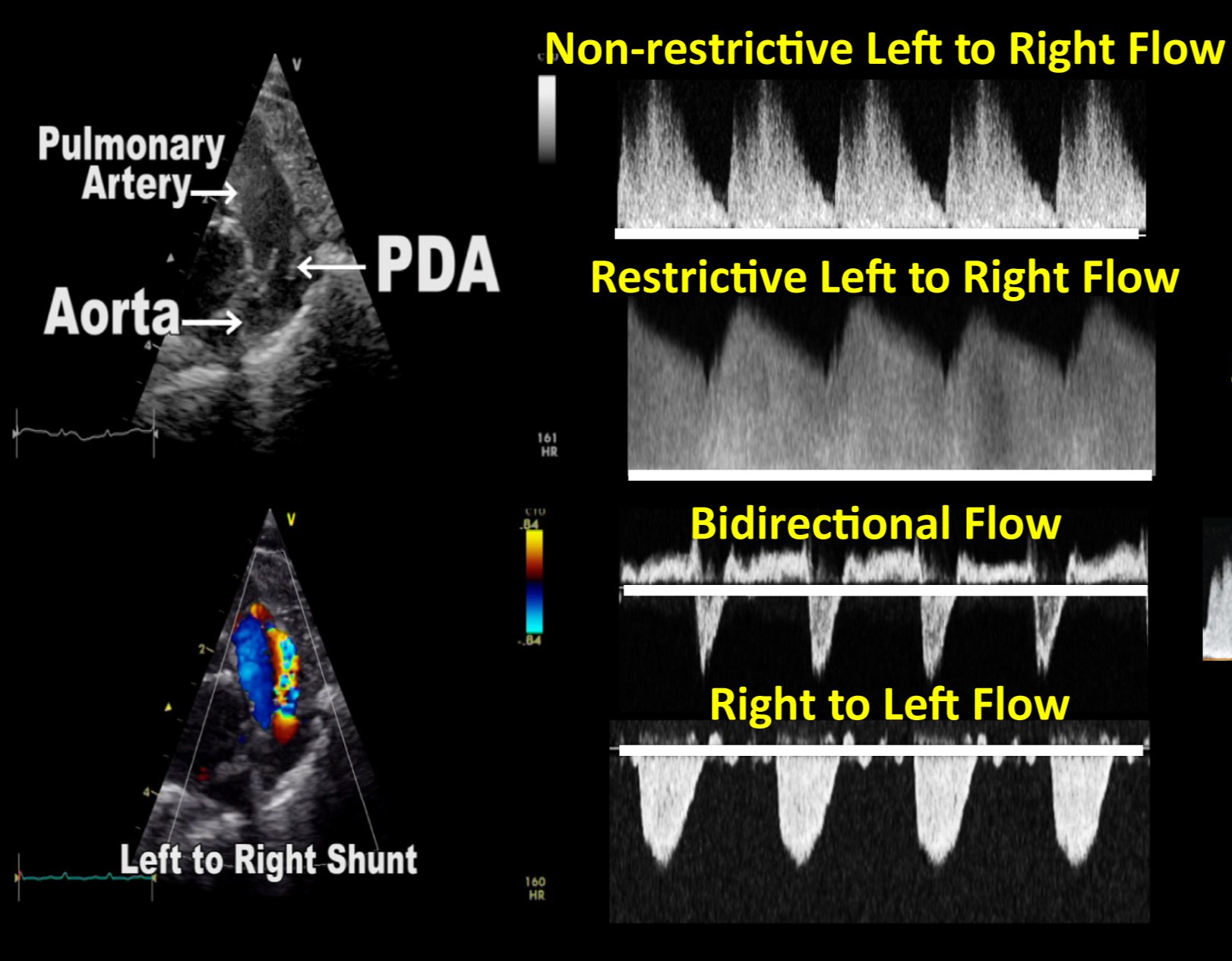
February 1, 2024 • JASE
Targeted Neonatal Echocardiography (TNE)
Guidelines and Recommendations for Targeted Neonatal Echocardiography and Cardiac Point-of-Care Ultrasound in the Neonatal Intensive Care Unit: An Update from ASE
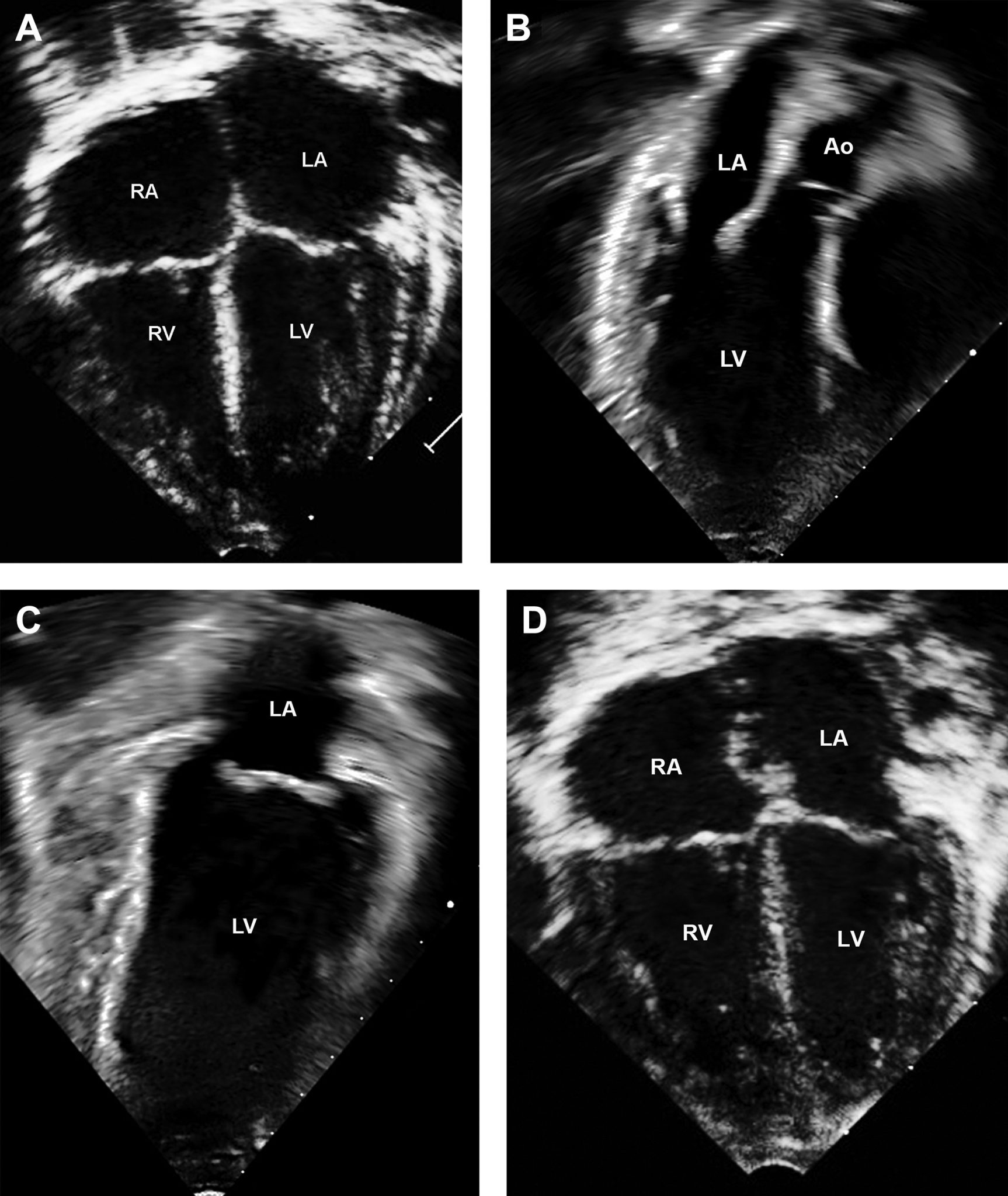
February 1, 2024 • JASE
Comprehensive Pediatric TTE
Guidelines for Performing a Comprehensive Pediatric Transthoracic Echocardiogram: Recommendations From ASE
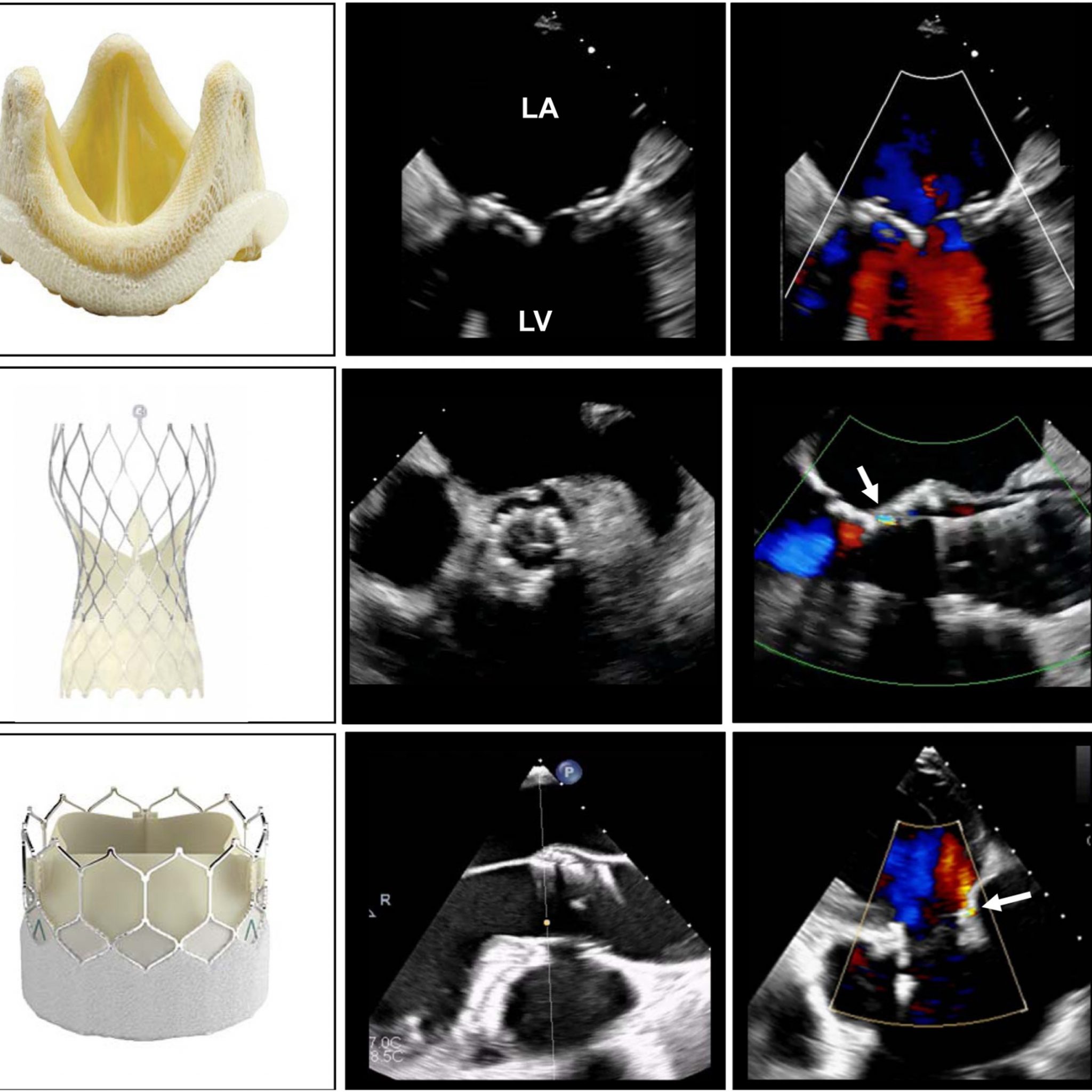
January 3, 2024 • JASE
Evaluation of Prosthetic Valve Function
Guidelines for the Evaluation of Prosthetic Valve Function With Cardiovascular Imaging: A Report From ASE Developed in Collaboration with SCMR and SCCT
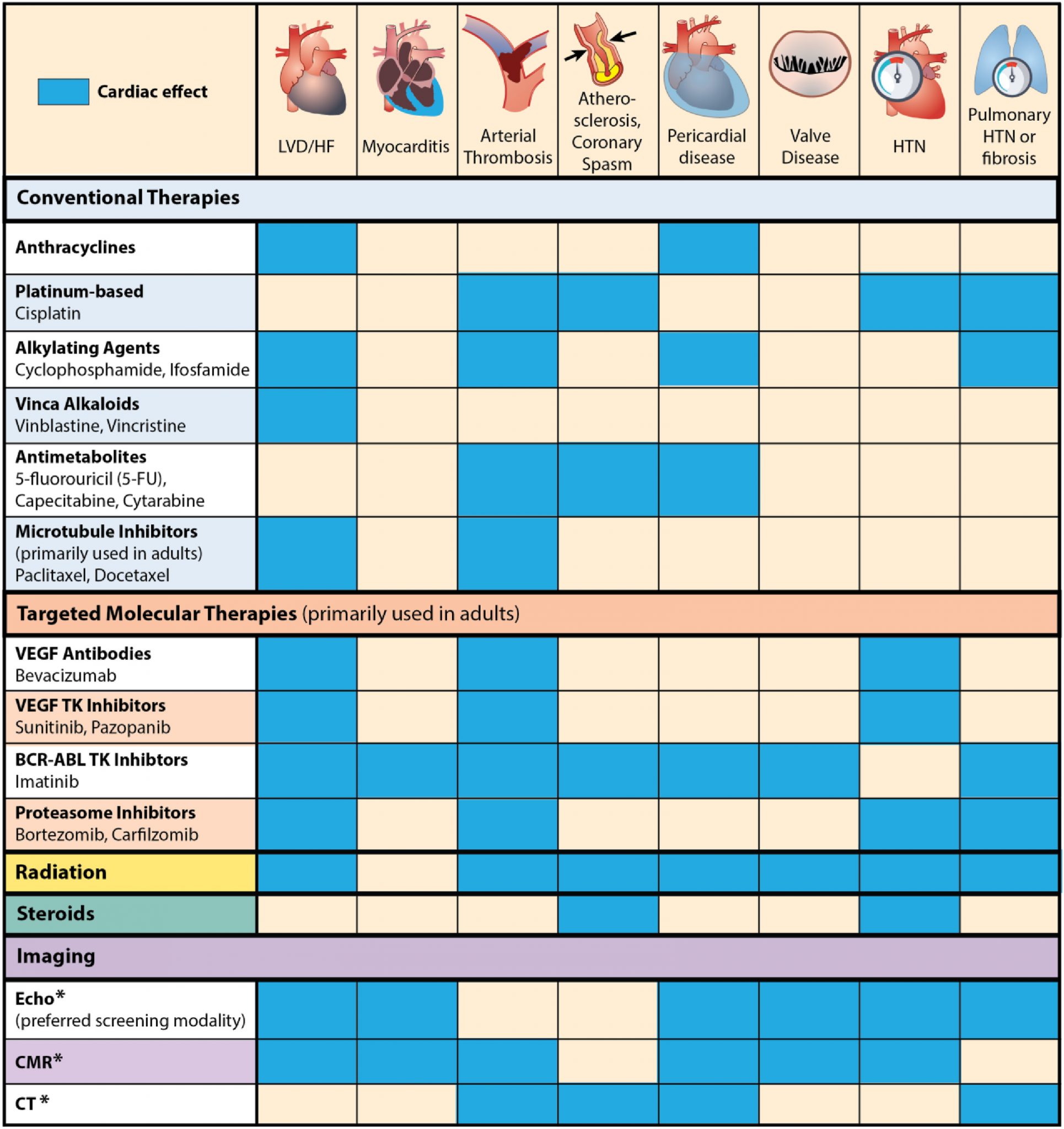
December 4, 2023 • JASE
Pediatric Cancer Cardiac Surveillance
Multimodality Imaging for Cardiac Surveillance of Cancer Treatment in Children: Recommendations From ASE

November 2, 2023 • JASE
COVID-19 Statement Update
ASE COVID-19 Statement Update: Lessons Learned and Preparation for Future Pandemics
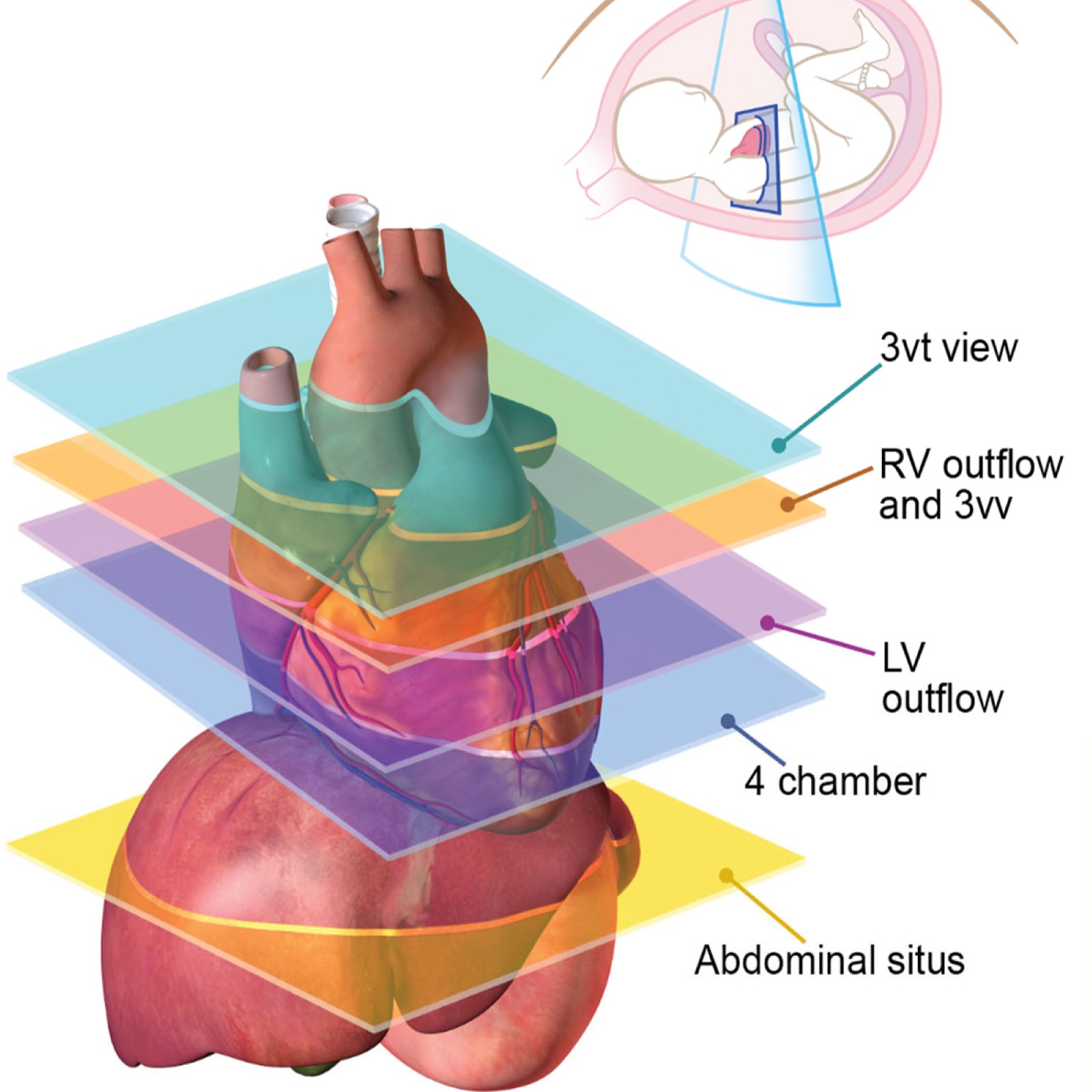
July 5, 2023 • JASE
Fetal Echo
Guidelines and Recommendations for Performance of the Fetal Echocardiogram: An Update from the American Society of Echocardiography
